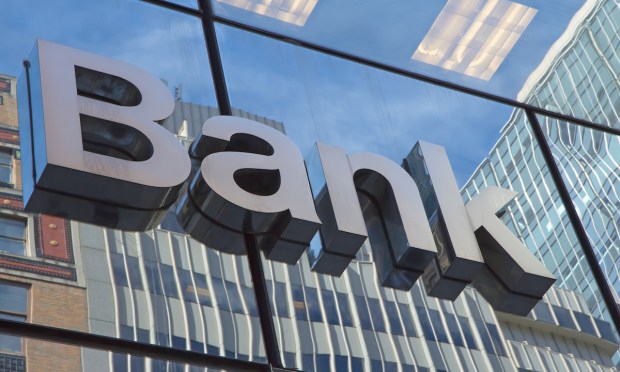
Banks are facing a $2 trillion “wall” of property debt, according to an American brokerage.
As such, lenders must reduce their exposure to commercial real estate as that debt comes due over the next three years, Newmark CEO Barry Gosin told the Financial Times (FT) Monday (April 1).
“Banks will be under pressure,” said Gosin, whose firm handled $50 billion in loan sales for the failed Signature Bank.
Regulations set up after the financial crisis meant that some banks would have to “liquidate their loans or find other ways to reduce their weight in real estate,” by either syndicating the debt, doing risk transfer deals — where other investors take on the risk of losses — or halting new loans to the sector, he said, per the report.
Newmark, a real estate advisory and brokerage company, said the estimated $2 trillion of U.S. commercial real estate debt maturing between this year and 2026 would have to be refinanced at much higher interest rates, according to the report.
Mortgage Bankers Association data shows that $929 billion of commercial real estate debt will need to be repaid or refinanced in 2024, the report said.
“We are at the beginning of the impact of this wall of loans,” said Gosin in the report. “A chunk of those will be fully underwater, a chunk of those will be snorkeling, and a chunk [will be recapitalized with] more equity.”
This is happening as banks are facing other headwinds in terms of card-related activity, as PYMNTS wrote Monday.
“New account activity, of course, can help keep revenues humming, as consumers open those accounts with the intent to spend,” the report said. “New account openings lead to loan growth and, conceivably, to use of ancillary financial services and products.”
This followed a report earlier in the day on VantageScore’s latest Credit Gauge, which showed delinquencies rising across all credit tiers, with early-stage delinquencies climbing from less than 1% in January to more than 1% in February.
Meanwhile, new loan account originations fell in every category during February except for auto loans, with credit card originations dropping across all generations except what might be termed the “silent” generation, (1928-1945), which logged a minor increase.
“All told, the data indicates that 3% of holders opened new accounts in February, down from a 3.7% peak seen as recently as the middle of the last year,” PYMNTS wrote.